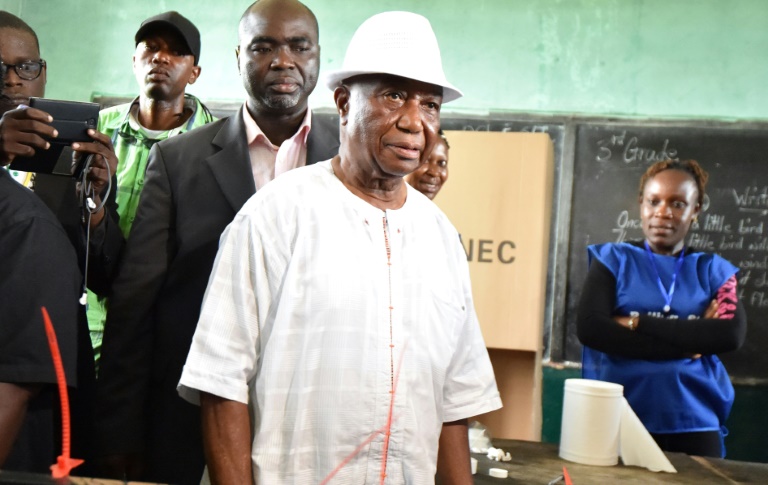[NEW YORK] A rally in the price of Nio’s convertible bonds is not enough to allay concerns over the Chinese electric vehicle (EV) maker’s financial health, analysts say.
Nio’s 3.875 per cent US dollar notes due 2029 have risen this week, buoyed by positive sentiment surrounding the sector as auto executives from around the world gather in Shanghai for the nation’s premier car show. But only earlier this month they were at 67.65 US cents on the US dollar – a level widely considered distressed and the lowest in seven months.
Nio’s shares have not fared much better. They are down 10 per cent since January and far off highs seen in 2021 when optimism that Nio, Li Auto and Xpeng – the trio of US-listed Chinese EV startups – could take on legacy automakers was at its peak.
On a positive note, Singapore-listed shares of Nio closed US$0.28 or 7.2 per cent higher at US$4.16 on Friday (Apr 25).
The company said that it prudently manages cash flow and maintains a flexible capital markets strategy.
“The price war that’s been going on in China’s auto market over the past three years has weighed heavily on Nio,” Sandeep Rao, a researcher at Leverage Shares, said. “There could be some turnaround if Nio manages to launch and successfully retain market share through its budget cars.”
BT in your inbox
Start and end each day with the latest news stories and analyses delivered straight to your inbox.
That’s looking increasingly doubtful.
Nio, which in 10 years has not managed to make money at home on a full-year basis, is now recalibrating its expansion strategy in Europe due to increasing challenges there. The launch of Firefly, an entry-level brand that sells only one model, has been delayed and the carmaker is coming to realise its self-operated direct-sales network and ambitions around battery swapping might not fly overseas.
In China, Nio is up against intense competition from the nation’s No 1 selling marque, BYD, as well as EVs from Tesla and Zeekr, which also play in the premium market. Previously only selling cars under its eponymous brand, Nio has now adopted a multi-brand strategy, introducing a mass-market offering, Onvo, and the even more budget friendly Firefly.
Regardless, Nio last month flagged first-quarter results that are likely to disappoint after finishing 2024 on a weak note. The high research and development expenses and large operational costs it incurs as it seeks to cultivate a lifestyle story around its cars is a key drag.
In the face of such challenges, Nio has been raising funds, mainly from external investors.
Contemporary Amperex Technology Co Limited in March agreed to invest up to 2.5 billion yuan (S$450 million) to help build out a battery-swapping network across China while Nio in September secured 3.3 billion yuan from a consortium of strategic investors including Hefei government-backed funds that it used to help repurchase US$378 million of other convertible notes due 2027. It got a US$2.94 billion capital injection from Abu Dhabi’s CYVN Holdings in 2023.
More recently, Nio raised HK$4 billion (S$676 million) via an equity placement.
“Nio is not in a liquidity crunch given its sound access to equity market funding and cash is adequate to cover short-term maturities in 2025,” Zerlina Zeng, the head of Asian strategy at Creditsights Singapore, said. “But I do not see any clear positive earnings catalysts given the persistent industry pricing pressures” so there is not much of a buying opportunity, she said.
Others are even less complimentary.
“Recently, most of the external funding has been equity investment, betting the company can turning losses into profit,” Yu Yao, the founder of Shenzhen-based credit research firm RatingDog, said. “With its declining stock price, the debt repayment risk for Nio’s convertible bonds will intensify.” BLOOMBERG






